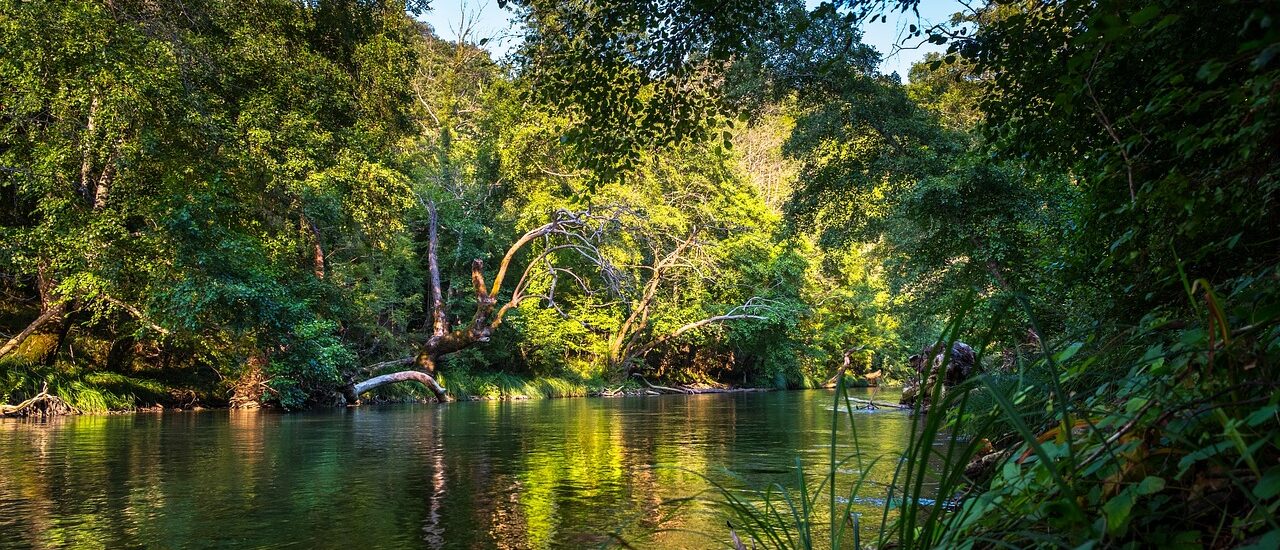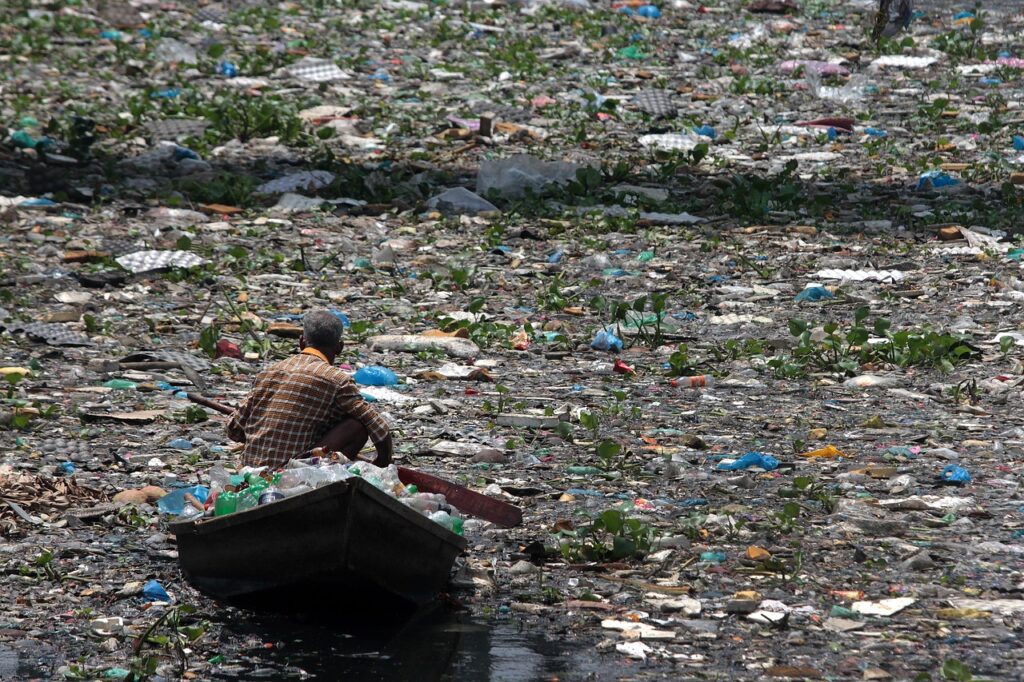In South America, water is a vital resource that sustains life, communities, and economies. Managing South America’s water resources sustainably is crucial for the well-being of both the environment and the people who depend on it. This vast region faces unique challenges in water management due to its diverse climates and landscapes, from the Amazon rainforest to the Andes mountains. Addressing issues like water scarcity, pollution, and the impacts of climate change is essential for maintaining the health of these water systems. Sustainable management of these resources ensures that they can continue to support the rich biodiversity and the people of South America for generations to come.
The Current State of Water Resources in South America
South America faces significant challenges in managing its water resources. As reported by the World Bank, the region’s water issues include variability in water availability, pollution, and the impact of climate change. Some areas experience severe water scarcity, affecting agriculture and daily life, while others face flooding. Pollution from urban and industrial sources further compounds these problems. Moreover, climate change is expected to intensify these challenges, with alterations in rainfall patterns and extreme weather events. These issues highlight the urgent need for effective water management strategies to ensure sustainable use and availability of water across South America.

Water Management in Peru
In Peru, many organizations have been instrumental in improving water management. These organizations focus on creating sustainable water solutions, especially for communities lacking access to clean water. They have initiated various projects, like installing new water systems and improving existing ones, ensuring reliable and safe water supplies. These efforts have significantly enhanced the quality of life in local communities, reducing health risks and increasing productivity. By providing access to clean water, these initiatives have also supported local agriculture, which is crucial for Peru’s economy.
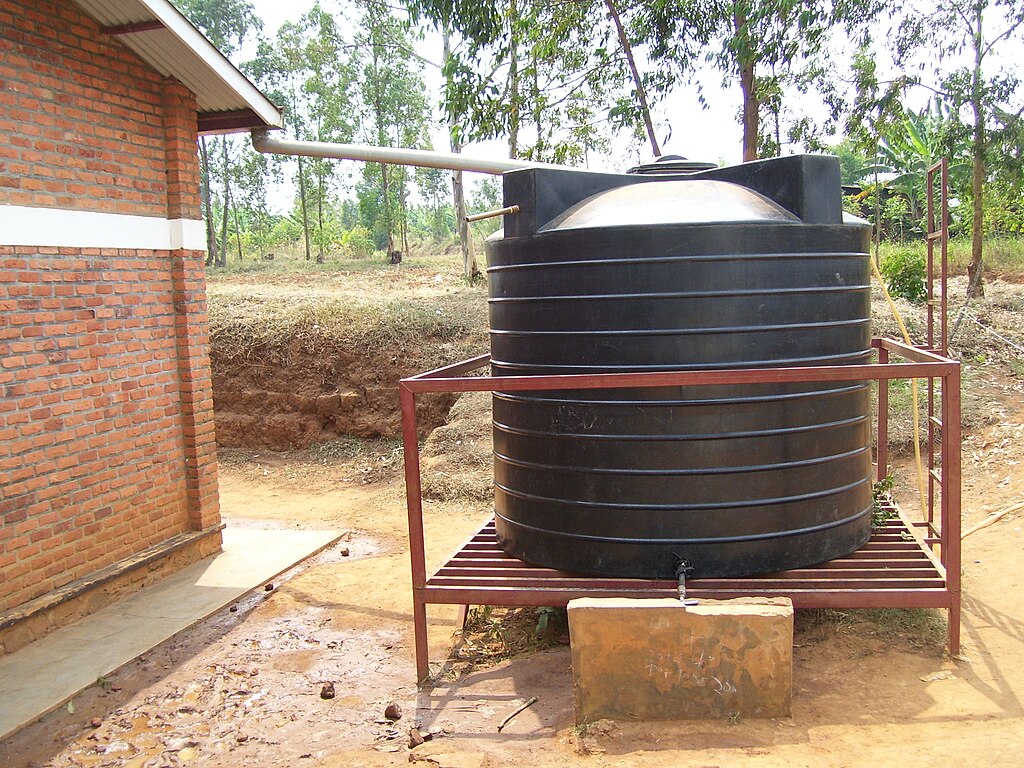
Innovative Solutions for Sustainability with South America's Water Resources
Across South America, innovative solutions are being implemented to manage water resources sustainably. These include advanced technologies like water-efficient irrigation systems and rainwater harvesting methods, helping conserve water in agriculture. Community involvement is also key, with local participation in water management projects ensuring solutions are tailored to specific needs. Additionally, policy measures, like water conservation regulations and incentives for using sustainable practices, are being adopted. These combined efforts, integrating technology, community action, and policy, are crucial in addressing the complex challenges of South America’s water resources management.
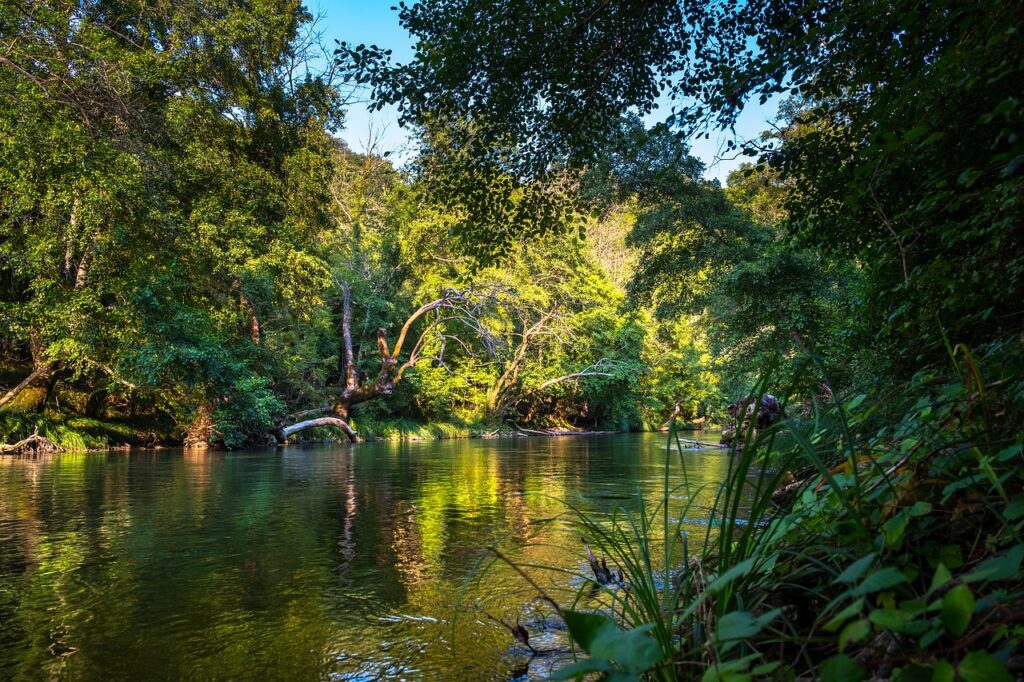
The Impact of Climate Change on Water Resources
Climate change significantly impacts South America’s water resources. As temperatures rise, glaciers, a key water source, are melting, leading to reduced water supply in the long run. Extreme weather events, like droughts and floods, are becoming more common, disrupting water availability. These changes threaten agriculture, drinking water supply, and biodiversity. To cope, South America needs adaptive and resilient water management strategies. These include enhancing storage capacity, conserving existing water sources, and developing new supply technologies to ensure reliable access to water, even as the climate continues to change.
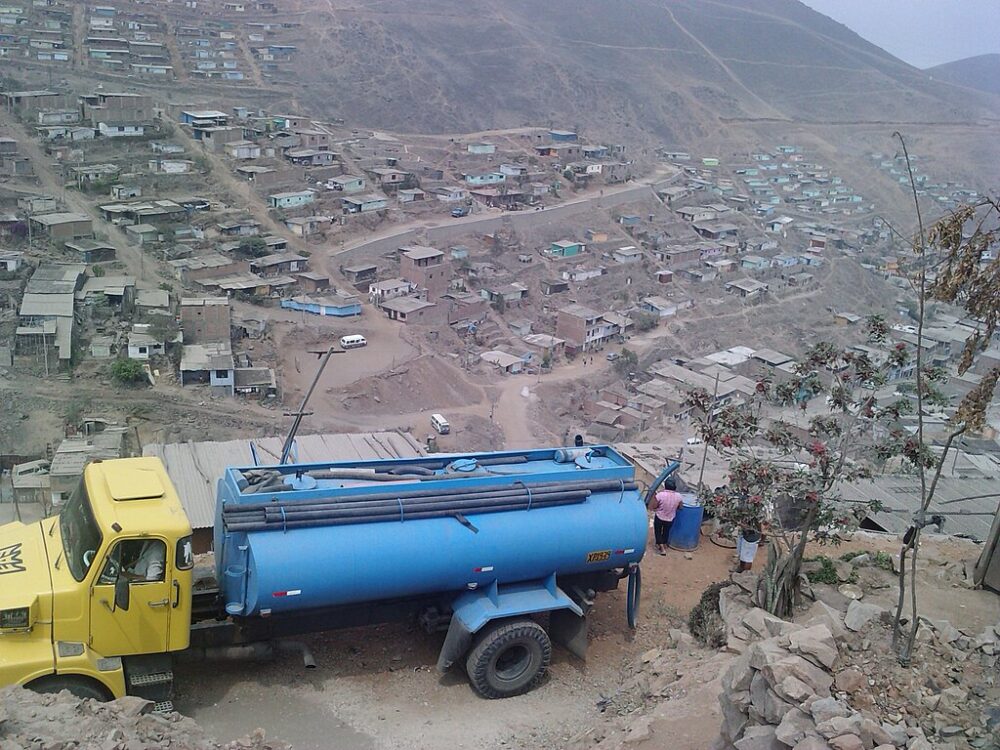
Engaging Communities for Sustainable Use of South America's Water Resources
In sustainable water management, community engagement is vital. In many South American regions, local communities are actively involved in managing their water resources. These community-led initiatives often include water conservation practices, local watershed management, and educational programs on sustainable water use. Success stories include communities that have restored local water sources or improved water efficiency. By involving local residents in decision-making and execution, these initiatives not only address immediate water needs but also create a sense of ownership and responsibility toward water conservation.
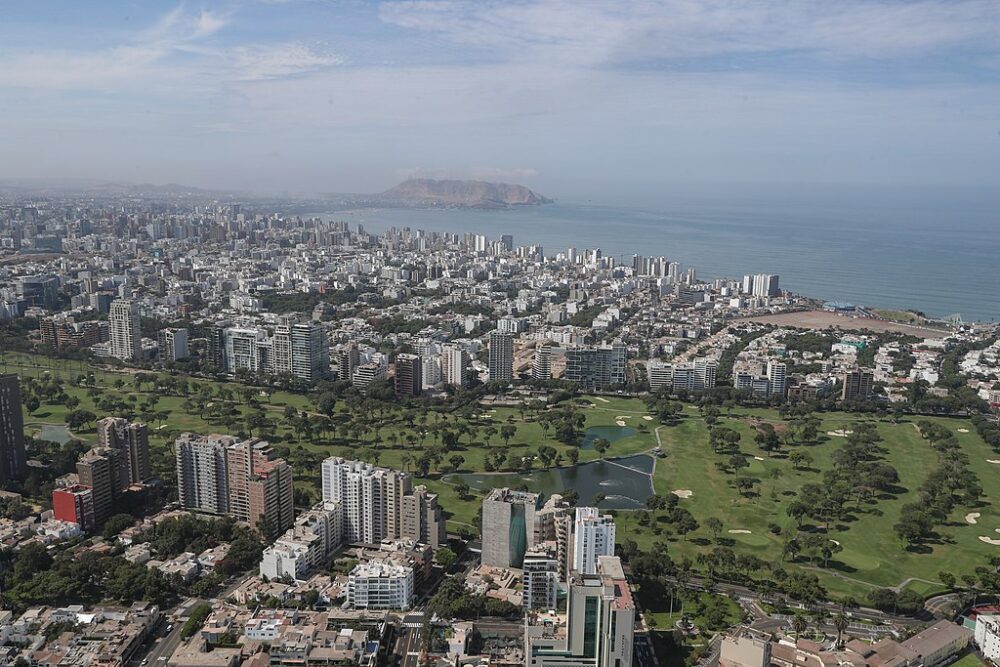
The Road Ahead for Water Sustainability
Sustainable water management is vital for the future of South America’s water resources. The region faces challenges like climate change and uneven water distribution, making innovative and adaptive strategies essential. Community involvement and technology play crucial roles in ensuring a sustainable water future. It’s clear that managing South America’s water resources responsibly will benefit both the environment and the people.
Join the Movement for Sustainable Water Management!
Get involved in supporting sustainable water management in South America. Download the Safe Homes Movement brochure to learn more and join an initiative that not only addresses water sustainability but also contributes to community development across the region. Your support can make a real difference in ensuring a sustainable future for South America’s water resources.
Fill out the interest form below to learn more about how you can get involved with Safe Homes Movement and MEDLIFE!


